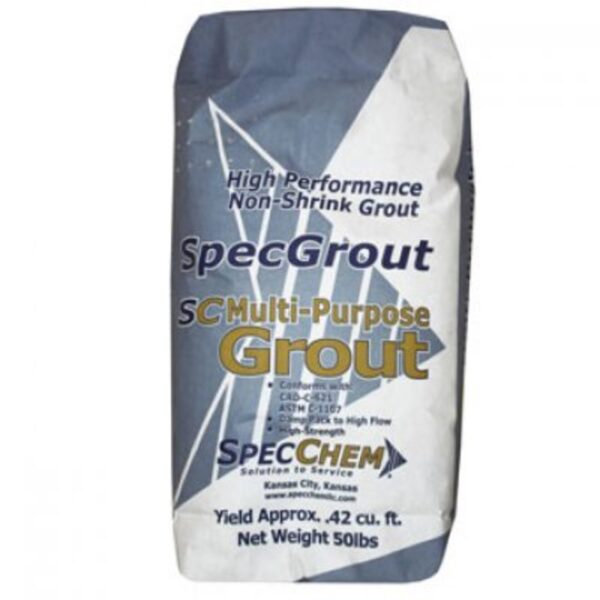Pressure grouting is a specialised technique that needs special equipment and expertise to carry out effectively. It is necessary to plan and execute the process carefully such that the grout material used is suitable to the specific condition and satisfies the project requirements.
Care must be taken that the pressure and injection rate are given at controlled rate to prevent over pressurisation and cause damage to the structure.
Pressure grouting is used to strengthen and waterproof concrete structures like dams and tunnels while no other grouting is more suitable than this. Its purpose is to improve the mechanical and hydraulic properties of the rock mass, such as strength, stiffness, and impermeability.
Pressure grouting can also reduce water losses from the tunnel or the dam and prevent uplift forces caused by water pressure.
The process for both the tunnel grouting and dam grouting involves drilling holes into the ground or concrete structure and inserting grout pipes.

The grout material is then pumped into the pipes under high pressure, which forces it to flow into the voids and cracks, filling them completely. The pressure is maintained until the grout material has hardened, creating a strong, durable seal .
Grouting of Rockmass – Dam Foundations
It is the process of filling of cracks/voids using a suspension/liquid grout with application of pressure. Pressure grouting is carried out to consolidate and stabilise the soils, to fill discontinuities or voids in rock mass, to provide a seepage barrier, to fill cavities behind concrete lining in underground works by suitable grout material.
In dam foundation grouting, open geological defects are sealed to reduce seepage and/or to strengthen the foundation.
Grout curtains are made beneath concrete dams, the core or cut- off zones of embankment dams and sometimes in the abutments or reservoir rims beyond the structure by injecting grout into one or more rows of drillholes to reduce the permeability of the foundation rock mass.
Grout curtain increases the length of the leakage paths and consequently decrease the hydraulic gradients in the foundation, reduces risk of internal erosion of materials and increase the dam’s stability by reducing downstream uplift pressures.
Blanket grouting is required below embankment dams to reduce the permeability of the near-surface rockmass. The depths of these grout holes are generally of shallow depth than grout curtain holes.
Consolidation grouting is done at foundation of concrete dams for improving the strength of the near-surface rockmass.
Tunnel grouting
Tunnel grouting is the process of injection of the grout material under desirable pressure on the lining of the tunnel or the ground surface to improve its stability.
In construction of the tunnel , pressure grouting is used to stabilise the soil surrounding the tunnel and improve its stability. It is also used to repair the existing tunnels that have developed cracks or leaks.This is generally adopted in soft soils where there is high risk of deformation or collapse of the tunnel.

Dam grouting
Injecting a cementitious grout into the cracks or the voids developed on the walls and foundation of the dams under considerable pressure is called dam grouting.

Pressure grouting is used to reduce seepage problems by injecting grout material into the foundation and surrounding areas of the dam. This helps to fill voids and cracks, and create a watertight seal, preventing water from seeping through and weakening the structure.





